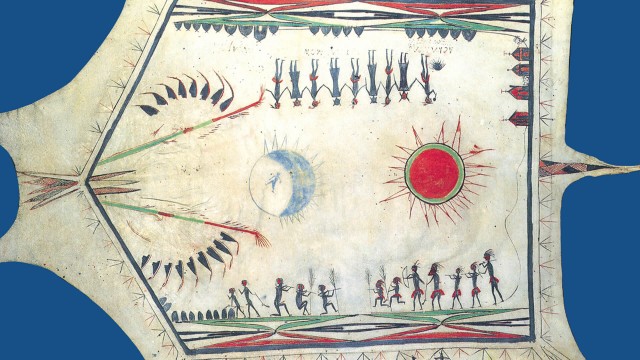Previous exhibition
November 6th, 2007 — April 27th, 2008
1837 • 1838 Rebellions — Patriotes vs Loyalists
To mark the 170th anniversary of the rebellions that took place in 1837 and 1838 in Upper and Lower Canada, Pointe-à-Callière is presenting an exhibition on these events during which confrontations between the Patriotes and Loyalists led to dramatic results.
The exhibition traces the sequence of events leading to the Rebellions, and presents elements essential to understanding the political, economic, and social contexts before, during and after the Rebellions.
Exceptional artifacts, including certain must-see objects, will recall how the Rebellions played a key role in the history of Canada.
Names That Went Down in History
The exhibition allows the public to get acquainted with several figures whose names have gone down in history, some of whom have even had places named after them. Patriotes and Loyalists, Francophones and Anglophones, official and unofficial authorities, men and women, the elite and simple citizens are brought to life through personal objects, portraits, and moving letters featured in the exhibition. Among the figures whose paths visitors will cross are Louis-Joseph Papineau, François-Xavier Prieur, Jean-Joseph Girouard, André Ouimet, Édouard-Raymond Fabre, Wolfred Nelson, and William Mackenzie, as well as Loyalists such as Peter McGill or George Moffat, and lords Colborne, Gosford, and Durham, to name but a few.
Exceptional Objects
The artifacts are one of the highlights of the exhibition: 190 objects have been culled from the collections of some forty Canadian establishments and private collectors.
170 Years Later
Over the last decades, historians have brought out new interpretations that are likely to shed some light on the why and how of the Rebellions. But the explanatory factors are many, complex, and remain a subject of debate. Thrown into the mix are differing political stakes, the quest for democracy, tensions brought about by the competition for land, economic difficulties, the defence of Patriote leaders, and the opposition between the "English" and the "French." By furthering our knowledge of this subject, Pointe-à-Callière's exhibition will generate thinking that will give rise to new perspectives on these events.

